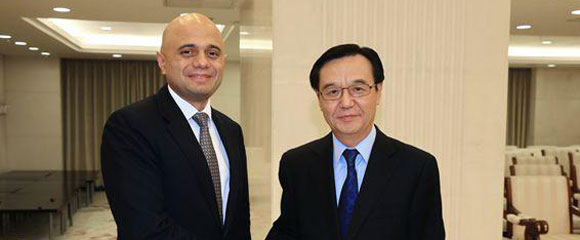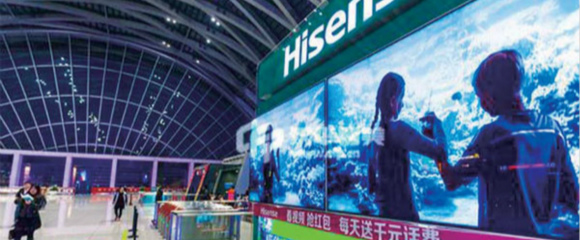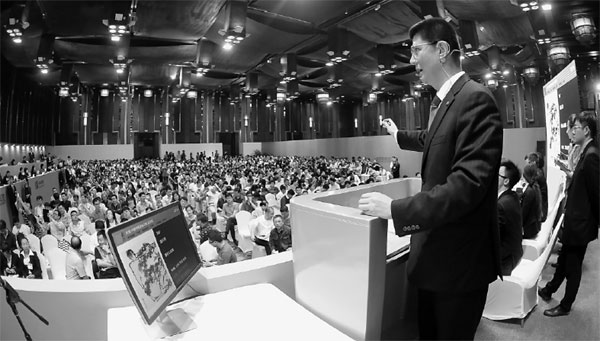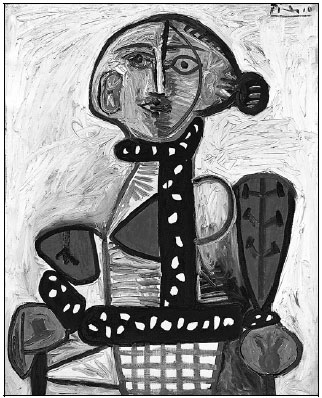Caution pays
Updated: 2016-03-08 08:08
By Lin Qi(China Daily)
|
|||||||||
Chinese art buyers are less impulsive today than they were a few years ago, Lin Qi reports.
China lost its top slot in the fine arts market to the United States last year, after six years of reign owing to a notable decrease in the total volume of auctions, according to a global study.
While rich Chinese art buyers have, on one hand, become cautious with home auctions, intensifying the competition for high-quality, rare goods, on the other, they are stepping up the purchase of foreign art, especially modern and contemporary pieces by prominent Western artists, says last week's 2015 Art Market Report.
The annual report is a joint effort by French online company Artprice and Beijing-based Art Market Monitor of Artron. For the past 14 years, the report has been keeping track of and analyzing the world auction market of paintings (and Chinese calligraphy), sculptures, installations, photos and other categories.
The salerooms worldwide reaped a turnover of nearly $16 billion last year with a yearly drop of 10 percent. The bulk of that was paid in the United States, accounting for a market share of 38 percent, while the auctions in China took up 30 percent, followed by Britain and France, the report says.
The decline in the Chinese fine arts market last year also shows the continuing influences of a weak global market and a slowing Chinese economy, says Xu Cuiyun, a senior analyst with the Art Market Monitor of Artron.
In 2015, Chinese art buyers were not as impulsive as they were when the market was at its peak seven years ago, Xu says, and those who sought instant profit from reselling at auctions earlier had disappeared from the salerooms. Those who remained were the more serious collectors who accepted only reasonable prices or bid for quality works.
Although a greater sum of money was still paid for Chinese ink paintings and calligraphy works, auctioneers sold less and fewer art pieces fetched more than $5 million, says the report.
The market for contemporary ink works suffered greater losses than other categories as a result of the Chinese government's anti-graft campaign. For years, ink paintings created by living Chinese artists were favored gifts to bribe government officials, pushing the category to sell higher in the market.
For museum-quality ink works created by old masters, the prices went too high in the past years of the market boom.
"Many high quality works are now in private collections or in public institutions like museums and galleries, and are not available for resale in a short period of time," Xu says, adding that fresh works are scarcely found these days.
Last year, auction houses also tried to prop up categories that had been less popular, such as calligraphic works by celebrities and rubbings of ancient tablet inscriptions, but the attempts have had limited success.
Compared with a cooling salesroom in China, the US saw a market revival motivated by several auction results of mind-blogging prices, with contribution from rich Chinese from the mainland.
In New York, the center of the world art market, collector couple Liu Yiqian and Wang Wei splashed $170 million on Amedeo Modigliani's Reclining Nude in November, Wang Jianlin bought a Monet for $20 million and an unidentified mainland collector bagged a Van Gogh landscape for $66 million.
"Top-notch Chinese collectors are diversifying their art properties in a positive manner. After lifting up the prices of artists at home, they are now betting on European old masters, Impressionist artists, modern and contemporary figures," Thierry Ehrmann, founder of artprice.com, writes in a preface to the art report.
Right now it's hard to say that these extravagant purchases will spread to the majority of mainland collectors. Xu says it's undeniable that more Chinese are eyeing foreign art, including works from South Korea, Japan and Southeast Asia, where quality works are produced but at moderate prices as compared with the overly hyped market of Chinese contemporary art.
While mainland art hubs - Beijing, Shanghai and Guangzhou - declined sharply in the overall turnover stakes, Hong Kong registered a better market performance with an 8 percent rise last year, the report says.
"Hong Kong reaffirms its status as a leading Asian art trade center even with the slump in the general market," Xu says.
She says its position as a mature, competitive market is supported by a stable group of international clients and varied sources of art, which outperform the mainland market that is overly dependent on Chinese collectors and Chinese paintings.
Contact the writer at linqi@chinadaily.com.cn
|
A Chinese painting of ink master Pan Tianshou (seen on the monitor above) fetched 279 million yuan ($42.8 million) at a Beijing sale last year. Provided To China Daily |
|
Chinese movie tycoon Wang Zhongjun purchased Pablo Picasso'sWoman with a hairbun on a sofa at $29.9 million at a New York auction in May last year. |
(China Daily 03/08/2016 page20)
Today's Top News
Lavrov, Kerry hail progress in Syrian ceasefire
PM Fico's Smer party leads Slovak election: exit poll
Britain to take lead in promoting EU-China trade talks
Chinese brands make a mark in Europe
Expanding footprint
Spanish Princess testifies in tax fraud trial
Women driving growth of O2O in China
Trump, Clinton scoop up key wins on 'Super Tuesday'
Hot Topics
Lunar probe , China growth forecasts, Emission rules get tougher, China seen through 'colored lens', International board,
Editor's Picks

|

|

|

|

|

|








